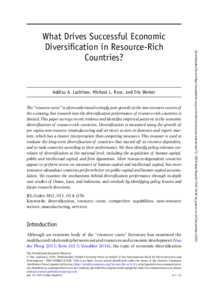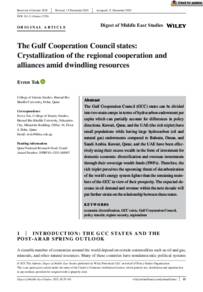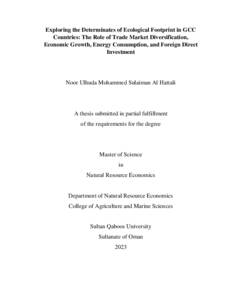Document
What drives successful economic diversification in resource-rich countries?.
Identifier
DOI: 10.1093/wbro/lkaa001
Source
World Bank Research Observer. v. 36, 2, p. 164-196
Contributors
Ross, Michael L., Author
Werker, Eric., Author
Country
United Kingdom.
Publisher
Oxford University Press.
Gregorian
2021-08-01
Language
English
English abstract
The "resource curse"is often understood to imply poor growth in the non-resource sectors of the economy, but research into the diversification performance of resource-rich countries is limited. This paper surveys recent evidence and identifies empirical patterns in the economic diversification of resource-rich countries. Diversification is measured using the growth of per capita non-resource (manufacturing and services) sectors in domestic and export markets, which has a cleaner interpretation than competing measures. This measure is used to evaluate the long-term diversification of countries that started off as resource-dependent, and to rank countries according to their performance. We then identify policy-relevant correlates of diversification at the national level, including the acquisition of human capital, public and intellectual capital, and firm dynamism. More resource-dependent countries appear to perform worse on measures of human capital and intellectual capital, but more resource-abundant countries perform better on public capital and human capital accumulation. We examine the mechanisms behind diversification performance through in-depth case studies of Oman, Laos, and Indonesia, and conclude by identifying policy lessons and future research directions.
ISSN
0257-3032
Category
Journal articles



